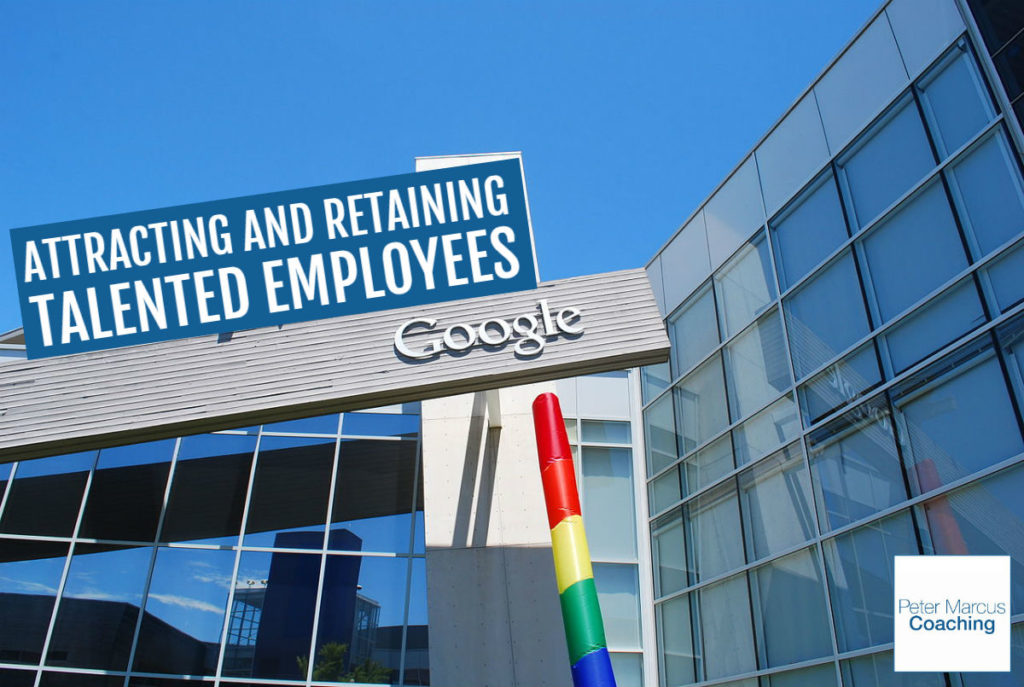Attracting and Retaining Talented Employees

Businesses all over the world are evolving. Norms, customs, and identities are changing to accommodate new technology, and a new generation of people with different values are entering the business world. The economy has grown tremendously over the last decade, and more companies are competing to hire the best candidates. As a result, skilled workers are now more picky about which companies they choose to work for.
According to a Talent Shortage Survey, about 40% of global employers have not found the right talent for roles they need filled. Moreover, employee retention has become very low, and the challenge of attracting, hiring, and retaining the best talent is as crucial as ever. As a business owner, you have the challenge of creating professional roles that attract the best talent, while staying connected with the needs of your existing employees.
When hiring new employees, you may ask yourself the following questions to get a better understanding of how to keep your employees happy.
- What unconventional perks, along with the usual salary package, can I offer to attract the best candidates?
- What is the best policy for flexible working hours for my business? Can I offer a work from home policy?
- Can I offer some relaxation in dress code and office rules to make my current staff happier?
- How many training programs and education opportunities should my business provide to my employees every year?
- Is it better to let go of employees who don’t fit into my company’s culture, or can this problem be solved?
- Will I be able to better attract and retain my female employees if I offer them longer maternity leave?
Talented employees are an advantage over your competitors, and as a business owner when you hire any employee, it’s not a matter of just filling job roles. Candidates with skills are hard to find and even harder to retain, as competitors are always looking to attract them. It is not about having numbers, but instead about acquiring top quality talent as your workforce. You are more likely to attract highly skilled individuals if your business culture offers more diversity. A positive, thriving working environment and business culture allows employees to feel valued and helps in attracting and retaining them.
Culture in attracting talent
With the requirement of new skills emerging each day and a shortage of talented individuals, it is becoming increasingly important to provide a great working environment. You may choose to build a culture where employees feel valued, respected, and are given flexibility, so they feel happy with their work-life balance. Workplaces should value diversity, while at the same time understanding that differences can lead to difficulties or misunderstandings.
Hiring the right candidates starts from recruitment. Whether it is through search, headhunting, networking, word of mouth, hiring firms, career counseling, or internal promotion opportunities, you as a business owner may choose to invest in multiple services to broaden your reach. With the old system of lifelong employer/employee relationships becoming obsolete, it is becoming challenging for companies to give employees the right balance of benefits and opportunities to retain them.
Companies hire candidates who fit in their culture. For example, Google’s hiring process and culture are completely different than McDonald’s. Google has a unique culture; each year Google gets over 2.5 million applicants, and their hiring process is extensive and requires several interviews. On the other hand, getting a job in McDonald’s is fairly simple, only a short application is required. As a business owner, you need to decide what hiring process works best for your company.
Various elements like compensation, perks, location, and position can be used to attract talent. You might consider the salary packages your competitors are offering for similar roles. If you are a small business owner unable to compete with top salaries, you may consider offering more perks to remain competitive.
Culture in retaining talent
There is a lot of competition for talent in today’s world, and when you retain your employees successfully, you save time and money on recruiting. Your business culture can aim to retain talent by creating value for employees through perks, training, advancement, career opportunities, and travel.
As an example, employees who work at McDonald’s feel like they are just filling a role and getting a paycheck each month. On the other hand, people working for Google get perks like free breakfast, lunch, and dinner, free health, and dental, free dry cleaning, and haircuts. Google has built a culture people want to work at. They feel valued, and as a result Google’s turnover is very low.
As a business owner, it is your choice to decide whether you want to retain people who don’t fit into your company’s culture, or you choose to hire for a culture fit first. This is an opportunity to think about your business’ culture, and its role in hiring and retaining employees.
Thriving in your business
As an executive, you may choose to ensure procedures and processes are available for hiring and retaining the best candidates for your business. You might also foster a positive working culture so that potential candidates apply for jobs in your company. Providing non-traditional perks is crucial for differentiating your business from a competitor’s, so individuals may choose your company over another. As a business owner, it is your role to make sure your company’s culture is attractive to potential candidates.
A strong step forward is to present your employees with a roadmap of exciting new opportunities to take on and explore, which will help to foster long-term outlook for and they will be happier to stay with your company for longer. Another option is to introduce systems and processes that allow employees to work from home, so that hiring a talented individuals in different geographies becomes easier for you.
Are you attracting and retaining the right kind of individuals? Are you prioritizing talent or just filling in positions?

